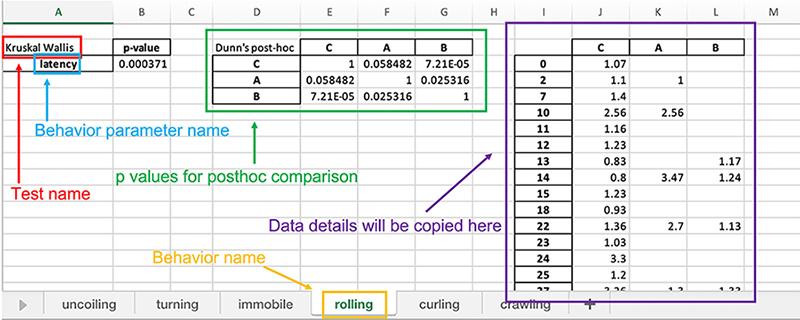What can LabGym do?#
Identifies user-defined behaviors#
LabGym is equipped with three distinct modes of behavior identification to suit different scenarios:
‘Interactive advanced’
This mode is for analyzing the behavior of each individual in a group of animals or objects. Below are two examples. Left: LabGym can differentiate between a finger ‘holding a peanut’ vs. ‘offering a peanut’, discern whether a chipmunk is ‘taking the offer’ or ‘loading peanut’, and identify the status of the peanut itself as ‘being held’, ‘being taken’, or ‘being loaded’. Right: it can distinguish in a group of flies which fly is ‘singing’ a courtship song, which one is ‘being courted’, which one is ‘resting’, and which one is ‘locomotion’.

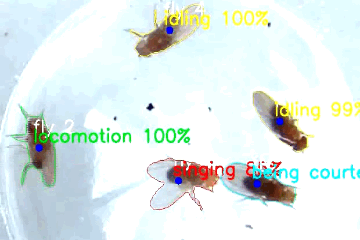
‘Interactive basic’
Optimized for speed, this mode considers the entire interactive group (2 or more individuals) as an entity, streamlining the processing time compared to the ‘Interactive advanced’ mode. It is ideal for scenarios where individual behaviors within the group are uniform or when the specific actions of each member are not the primary focus of the study.


‘Non-interactive’
This mode is for identifying solitary behaviors of individuals that are not engaging in interactive activities. It is suitable for studies where the emphasis is on non-social or independent behaviors.
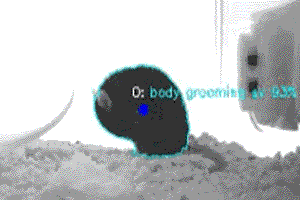

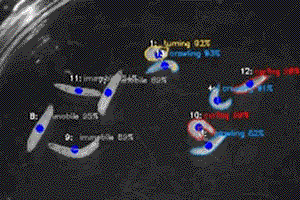

Quantifies user-defined behaviors#
LabGym computes a range of motion and kinematics parameters for each behavior defined by users. The parameters include count, duration, and latency of behavioral incidents, as well as speed, acceleration, distance traveled, and the intensity and vigor of motions during the behaviors. LabGym outputs these parameters in spreadsheets.

LabGym also provides visualization of analysis results, including annotated videos that visually mark each behavior event, temporal raster plots that show every behavior event overtime. The temporal raster plots below were output by LabGym and show the changes in behavior events of rodent before and after amphetamine treatments (See detailed explanation in Hu et al. (2023) Cell Reports Methods 3(3): 100415).
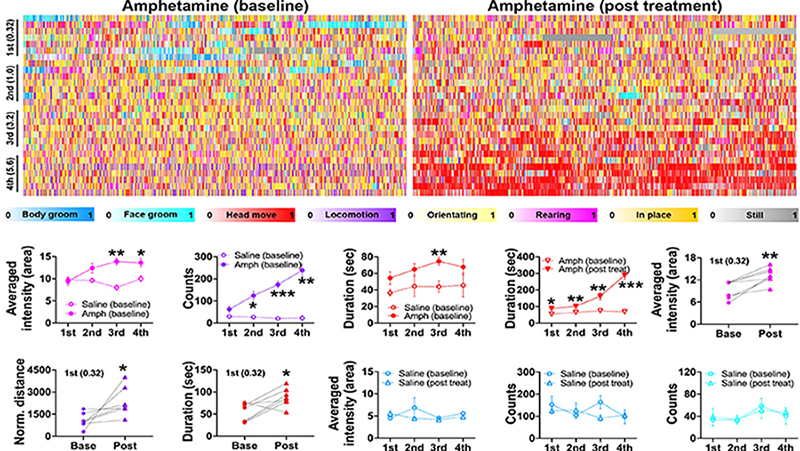
Mines the analysis results#
LabGym outputs diverse spreadsheets that store the behavior parameters that it calculates. It is labor intensive to dig into these spreadsheets manually for statistical analysis across different experimental groups and behavioral types and parameters. To address this, LabGym contains a data-mining module that automatically performs the statistical tests on every behavioral parameter across the experimental groups of your choice. The data-mining result below displays the details of the comparisons that show statistically significant differences between groups.
